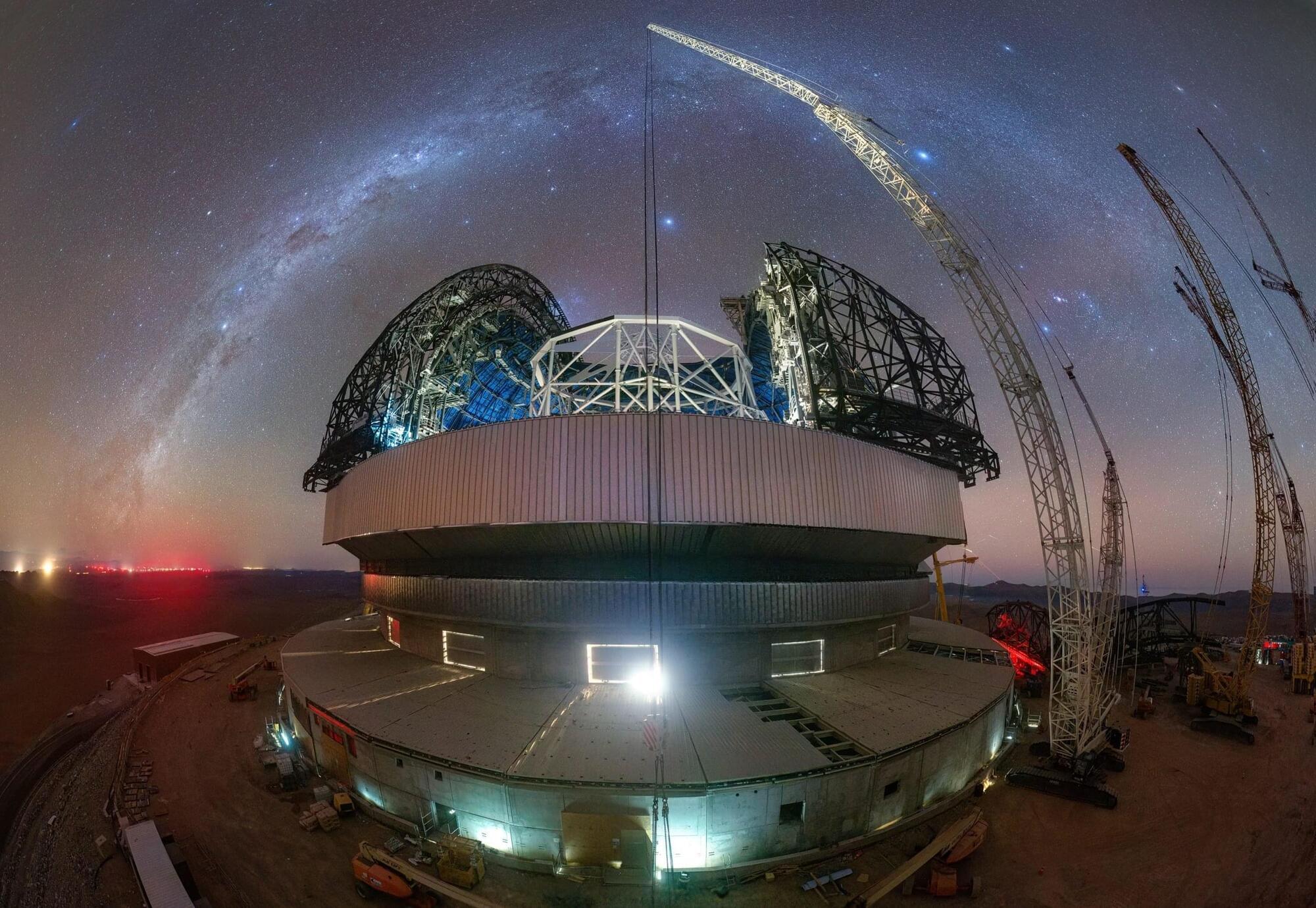The future’s biggest telescope grows beneath the Milky Way, and live cams let you catch every moment.


A new way of explaining gravity could bring us a step closer to resolving the heretofore irresolvable differences it has with quantum mechanics.
Physicists Mikko Partanen and Jukka Tulkki at Aalto University in Finland have devised a new way of thinking about gravity that they say is compatible with the Standard Model of particle physics, the theory describing the other three fundamental forces in the Universe – strong, weak, and electromagnetic.
It’s not quite a theory of quantum gravity… but it could help us get there.

Our research found that the phenomenon arises when the part of the brain which detects familiarity de-synchronises with reality. Déjà vu is the signal which alerts you to this weirdness: it is a type of “fact checking” for the memory system.
But repetition can do something even more uncanny and unusual. The opposite of déjà vu is “jamais vu”, when something you know to be familiar feels unreal or novel in some way. In our recent research, which has just won an Ig Nobel award for literature, we investigated the mechanism behind the phenomenon.
Jamais vu may involve looking at a familiar face and finding it suddenly unusual or unknown. Musicians have it momentarily – losing their way in a very familiar passage of music. You may have had it going to a familiar place and becoming disorientated or seeing it with “new eyes”



Cybersecurity researchers have lifted the lid on two threat actors that orchestrate investment scams through spoofed celebrity endorsements and conceal their activity through traffic distribution systems (TDSes).
The activity clusters have been codenamed Reckless Rabbit and Ruthless Rabbit by DNS threat intelligence firm Infoblox.
The attacks have been observed to lure victims with bogus platforms, including cryptocurrency exchanges, which are then advertised on social media platforms. An important aspect of these scams is the use of web forms to collect user data.

A new health-assessment method, called the Health Octo Tool, uses eight measures drawn from physical exams and routine lab tests to calculate a person’s biological age.
The tool may predict an individual’s risk of disability and death more accurately than existing health predictors.
The research team, led by Shabnam Salimi from the University of Washington School of Medicine, believes the tool could uncover new factors that shape the aging process and help design interventions to extend lifespan. Salimi is a physician-scientist and acting instructor in the Department of Anesthesiology & Pain Medicine.

NASA scientists, in collaboration with researchers from Japan’s University of Toho, have used supercomputers to model the far future of Earth’s habitability. Their findings offer a clear—if distant—timeline for the end of life on our planet.
According to the study, the Sun will be the ultimate cause of the end of life on Earth. Over the next billion years, its output will continue to increase, gradually heating the planet beyond the threshold of life. The research estimates that life on Earth will end around the year 1,000,002,021, when surface conditions become too extreme to support even the most resilient organisms.
But the decline will begin much earlier. As the Sun grows hotter, Earth’s atmosphere will undergo significant changes. Oxygen levels will fall, temperatures will rise exponentially, and air quality will worsen. These shifts, projected through detailed climate change and solar radiation models, map out when life on Earth will end, not as a sudden collapse but as a slow and irreversible decline.

Ribonucleic acid (RNA) molecules may be best known for their job ferrying the genetic information encoded in DNA to a cell’s protein factories, but these molecules aren’t just a middleman for protein production. In fact, some RNA molecules don’t code for proteins at all and serve various other important functions in cells, such as regulating gene expression and catalyzing chemical reactions. However, the functions of many non-coding RNAs remain mysterious.

In research published in New Phytologist, investigators reveal that tomato ripening is regulated by the same mechanism that contributes to humans’ and animals’ life-and health spans.
The mechanism, called autophagy, regulates cellular recycling and operates in all lifeforms apart from bacteria. This latest work shows that autophagy affects tomato fruit ripening by controlling the production of ethylene. Ethylene is the primary hormone that controls ripening in many fruits such as apples, bananas, mangoes, avocados, and tomatoes.
To assess the role of autophagy in ripening, the team of researchers from the Volcani Institute, in Israel, and the University of Tübingen, in Germany, generated tomato plants that allow a temporal genetic repression of autophagy, specifically in mature non-ripe fruits.